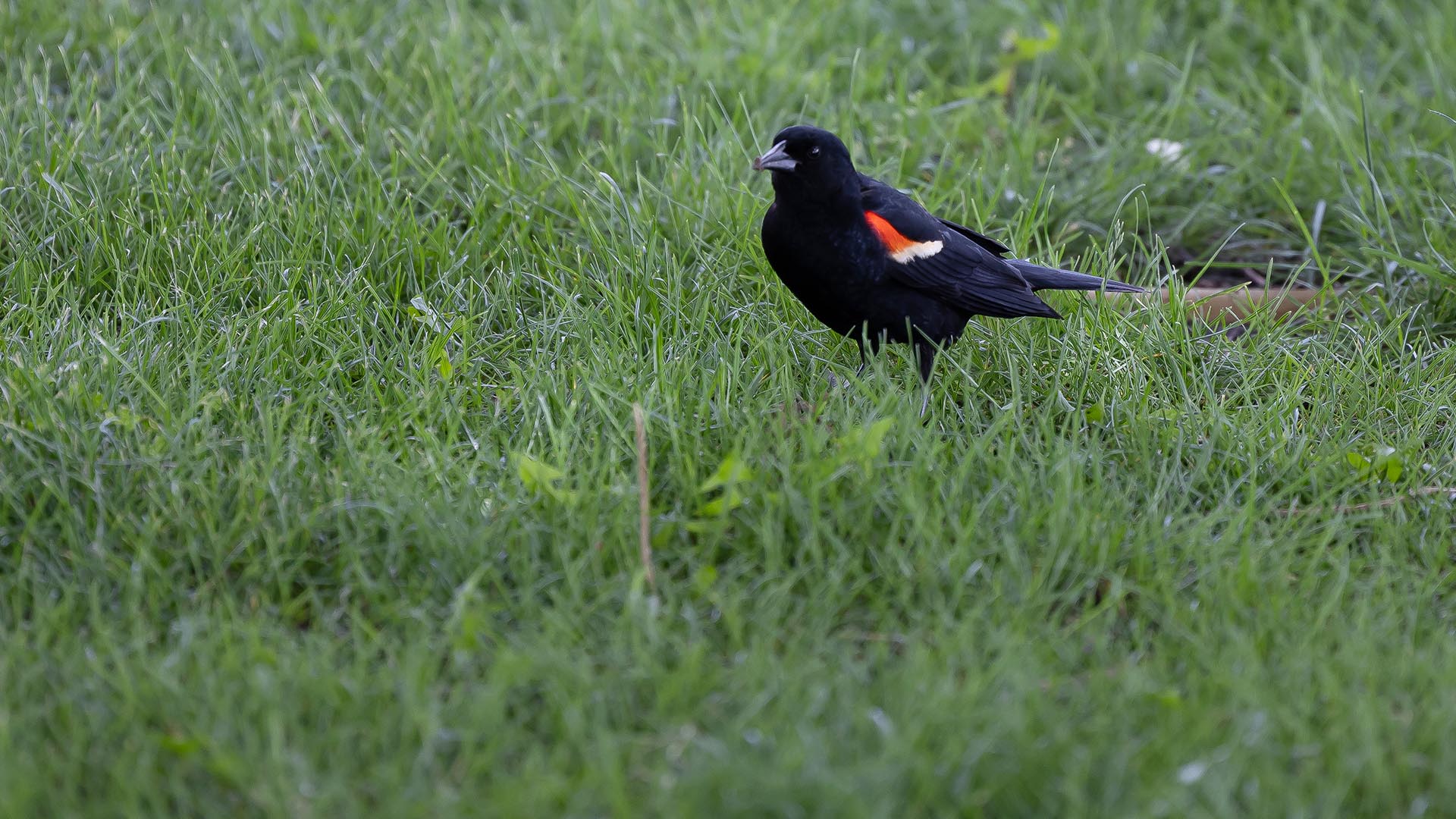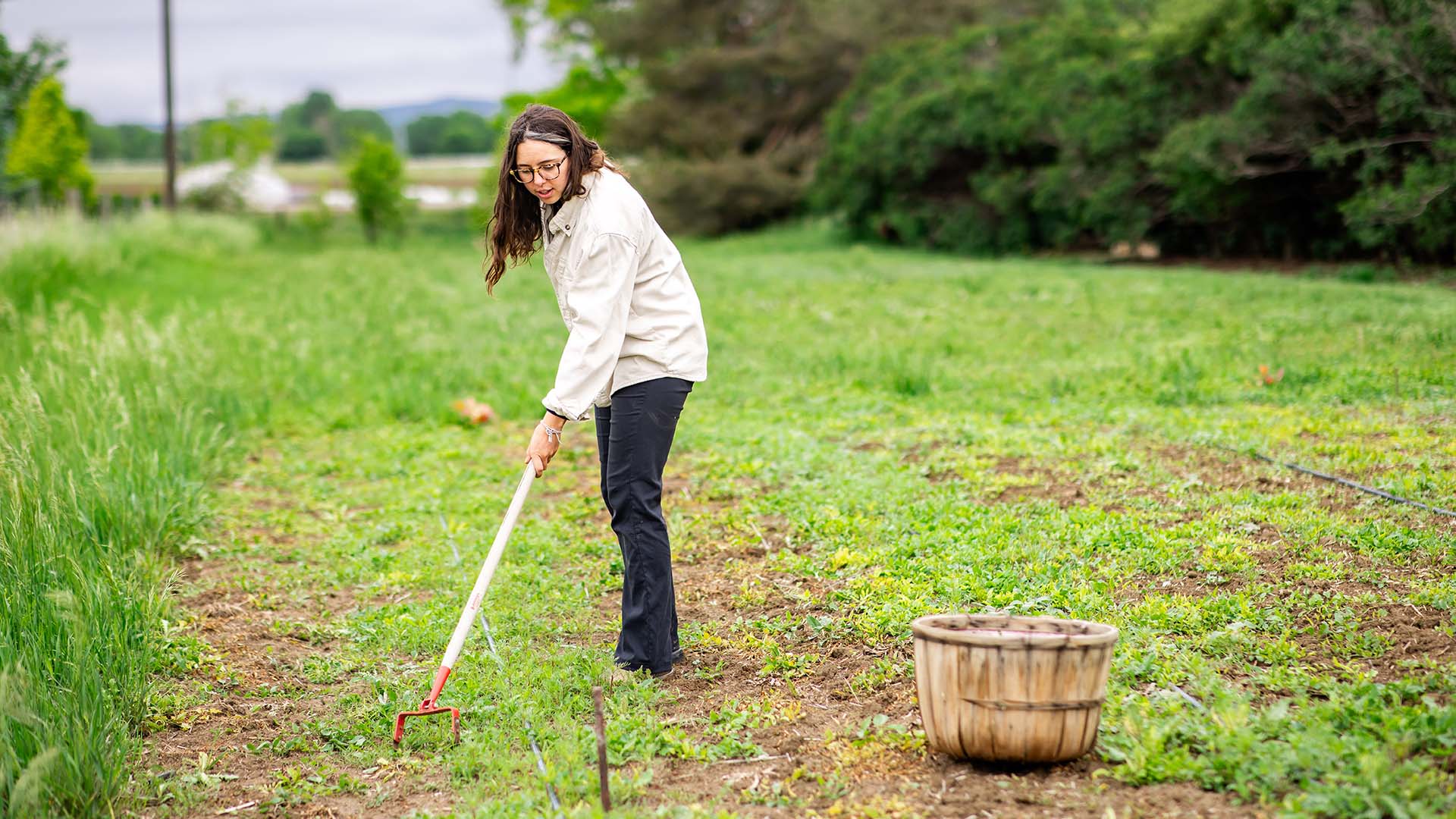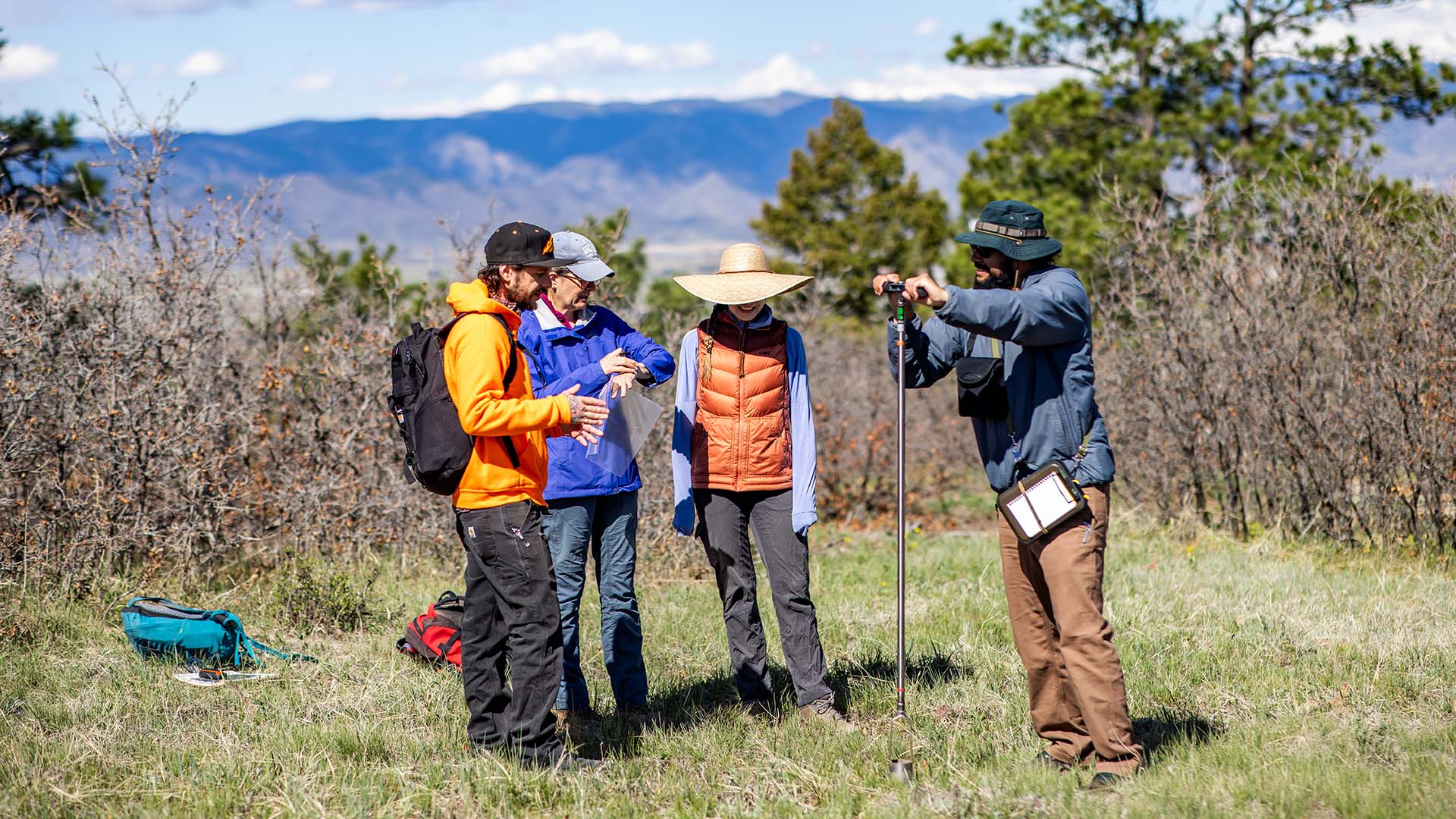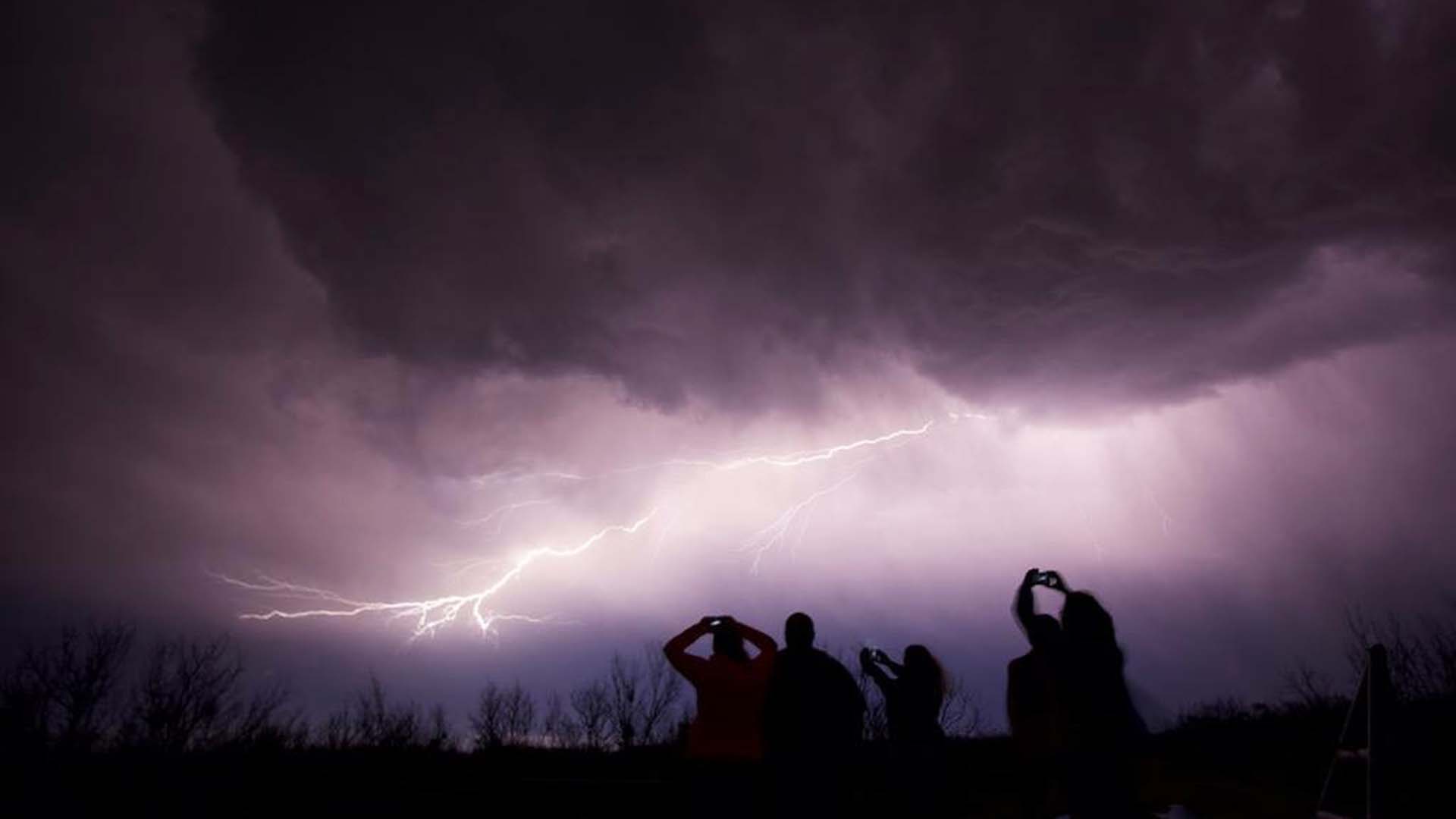5 ways to help Colorado’s backyard birds thrive
Small changes in your outdoor space can help migratory birds survive their epic journeys, says a Biology professor.

Every spring, metro Denver becomes ground zero for migrating birds on their way to nesting grounds nationwide. As temperatures warm, birds take advantage of the Rocky Mountains for an extra lift as they fly.
“The birds can get up high, glide down and catch another thermal and rise up. It’s kind of a free lift,” said Christy Carello, Ph.D., professor in the Department of Biology at Metropolitan State University of Denver.
“Migration is a major feat that none of us would be able to do in our lifetime,” said Carello, adding that while raptors tend to make their longest flights during the day, songbirds prefer to migrate at night.
You may not see them in migratory flight, but you can support them along the way. Want to be part of birds’ support squad without leaving home? There are plenty of ways to turn backyards and balconies into bird-friendly havens. Here are a few of Carello’s top recommendations.
Think with your stomach
Since migratory birds may travel over 1,000 miles on their journey, they require food along the way. Consider adding bird-friendly food or water to your yard or patio.
“Supplemental food can be really beneficial,” said Carello. “Seed or suet cakes can provide a lot of high energy for these birds. Having water available in the form of a birdbath is also really important.”
RELATED: Where did all the monarch butterflies go?
If you do choose a food or water feature for your yard or balcony, Carello warns to clean with a diluted bleach-water solution at least once a week. “Avian influenza (bird flu) infrequently spreads to songbirds but is a risk in addition to other diseases that can harm them.”
Protect from pets
To make sure food and water meant for birds doesn’t end up in Fido’s tummy, secure bird feeders and water features and keep bird food out of the reach of household pets.
That said, some pets shouldn’t be outside to begin with. “Cats are bird killers,” said Carello. “They really need to be indoors all times of year.”
Collars with bells aren’t enough to protect birds from cats’ predatory instincts, so keeping Kitty inside is safer for birds and your pet.

Light right
Bird-building collisions are a major killer of migratory birds, but you can protect birds from getting disoriented by adding minimal extra light at night. Close shades and curtains to keep inside light from confusing birds migrating at night or point exterior lights downward to reduce interruptions to birds above.
RELATED: Denver After Dawn: best birdwatching spots
Be a smart landscaper
Plants can provide much-needed food and shelter for migrating and nesting birds. Carello recommends native plants that produce seeds, nuts or tubular flowers to help feed birds. Species to consider include sumac, serviceberry, chokecherry, honeysuckle and crabapple trees.
“Plants can be places for birds to hide when predators come by,” said Carello, who recommends planting in clusters to provide natural shelter areas for birds.
Plants, especially trees, can also provide places to nest. “If you do not have mature trees, consider artificial nest structures like bird boxes or hanging plants,” she said.
Decorate your balcony
No yard? No problem, said Carello. “If you have a balcony, you still have the potential to attract birds,” she said.
Hanging plants, window boxes and balcony feeders can all help birds while making your balcony an even cooler place for you and birds. “Even a simple old-school hummingbird feeder can make a difference,” said Carello.
If you do add bird-friendly features to your yard or apartment, Carello says to stay patient at first. “It might take a while for birds to find it, but they usually will,” she said. “Don’t get discouraged.”
Carello teaches ornithology classes at MSU Denver. Learn more about Biology programs.





